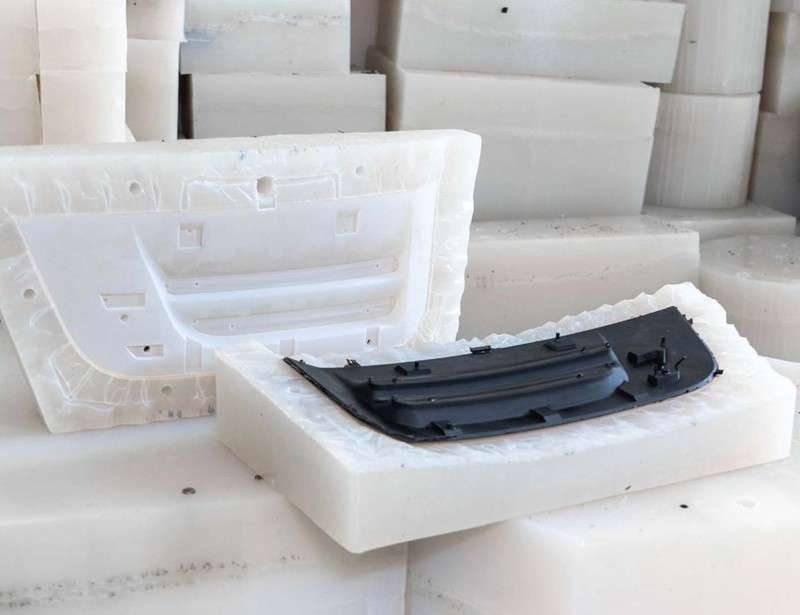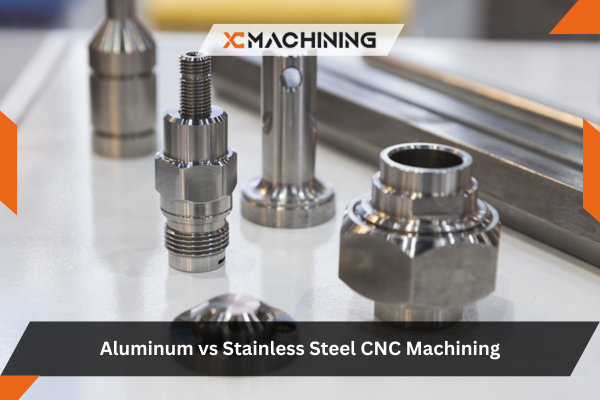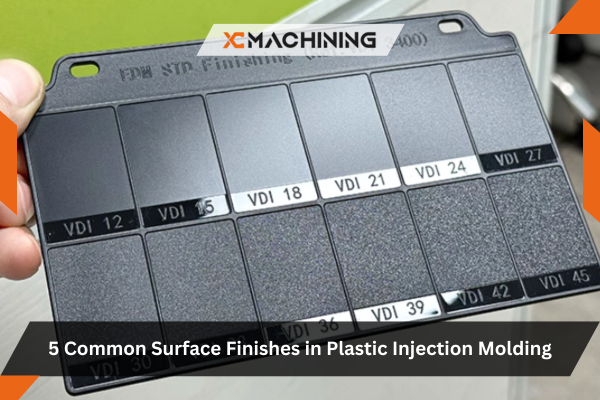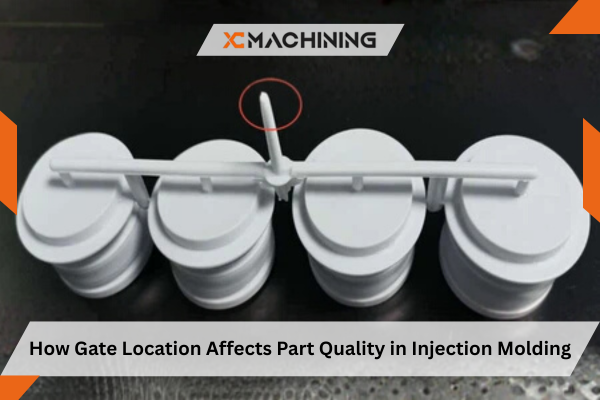Mild Steel S235JR is one of the most widely used structural and engineering steels thanks to its affordability, weldability, and reliable mechanical strength. It is ideal for both CNC-machined components and fabricated assemblies across industrial, mechanical, and construction sectors.
Brackets, Mounts & Support Fixtures
S235JR is frequently used to produce brackets, mounting plates, and support fixtures because of its excellent structural stability. These parts require strength rather than high hardness, and S235JR delivers consistent performance at low cost. XC Machining manufactures precise bracket components for machinery, automotive systems, and industrial equipment.
Machine Frames, Bases & Structural Plates
Due to its robust mechanical properties, S235JR is a preferred material for machine bases, stiffeners, plates, and welded frames. These components must withstand constant vibration, load, and operational stress. XC Machining provides accurately machined plates and frame elements to ensure perfect fitment and stability in machine assemblies.
Automotive Components & Fabricated Parts
Automotive manufacturers commonly use S235JR for chassis components, welded brackets, engine mounts, and reinforcement structures. The material’s excellent weldability allows efficient fabrication. XC Machining machines these parts with tight tolerances to ensure consistent assembly performance.
Gears, Hubs, Shafts & Mechanical Components
Although not a high-carbon or hardened steel, S235JR is suitable for low-to-medium load mechanical parts like shafts, hubs, connectors, flanges, and simple gears. These components benefit from the material’s toughness and machinability. XC Machining ensures precise geometry and smooth surface finish for increased service life.
Industrial Equipment Parts & Fabrication Assemblies
S235JR is widely used in construction machinery, agricultural equipment, industrial tools, conveyors, and protective housings. It offers structural strength with ease of forming, bending, and welding. XC Machining supports fabrication partners by supplying ready-to-weld CNC-machined components for large assemblies.
Custom Engineering & General-Purpose Parts
Because S235JR is cost-effective, it is ideal for prototypes, tooling jigs, fixtures, and custom engineering parts. XC Machining delivers both low-volume and high-volume S235JR parts, offering reliable quality for diverse engineering needs.
What Are the Challenges When Machining Steel S235JR?
Mild Steel S235JR machines reasonably well, it presents several challenges that require expert machining strategies to avoid tool wear, rough surface finish, or dimensional inaccuracy. XC Machining uses optimized techniques to ensure high-quality results.
Tool Wear from Mild Abrasiveness
S235JR contains trace amounts of manganese and other elements that contribute to tool abrasion. This can reduce the lifespan of cutting tools, especially during long production runs. XC Machining uses coated carbide tools and optimized speeds to reduce wear and maintain consistent dimensional quality.
Built-Up Edge Formation on Cutting Tools
Mild steels often cause built-up edge (BUE) formation where metal sticks to the cutting tool. This leads to poor surface finish, inaccurate dimensions, and increased cutting forces. XC Machining uses high-quality coolants, sharper tools, and controlled feed rates to prevent BUE and achieve clean surface profiles.
Heat Buildup Leading to Distortion
S235JR can generate significant heat during machining, especially during deep cuts or poor chip evacuation. Excessive heat may cause part distortion or reduce dimensional accuracy. XC Machining uses coolant-rich machining strategies and balanced toolpaths to maintain thermal stability throughout production.
Maintaining Tolerances in Thin-Walled Parts
Although S235JR is ductile, thin sections may bend, vibrate, or warp during machining. This makes it more difficult to hold tight tolerances in lightweight structures. XC Machining employs reinforced fixturing, vibration damping, and multiple finishing passes for accurate, stable results in thin-walled components.
Surface Finish Variability Without Proper Cutting Strategy
If cutting tools, speeds, or feed rates are not optimized, S235JR can leave visible machining marks or rough surfaces. XC Machining uses advanced toolpaths and high-precision carbide inserts to deliver smooth surfaces suitable for functional or cosmetic requirements.
Risk of Rusting After Machining
S235JR is mild steel, it is prone to corrosion if left unprotected. Freshly machined surfaces oxidize quickly in humid environments. XC Machining advises customers on appropriate finishing options, such as powder coating, galvanizing, or black oxide to ensure long-term protection.














